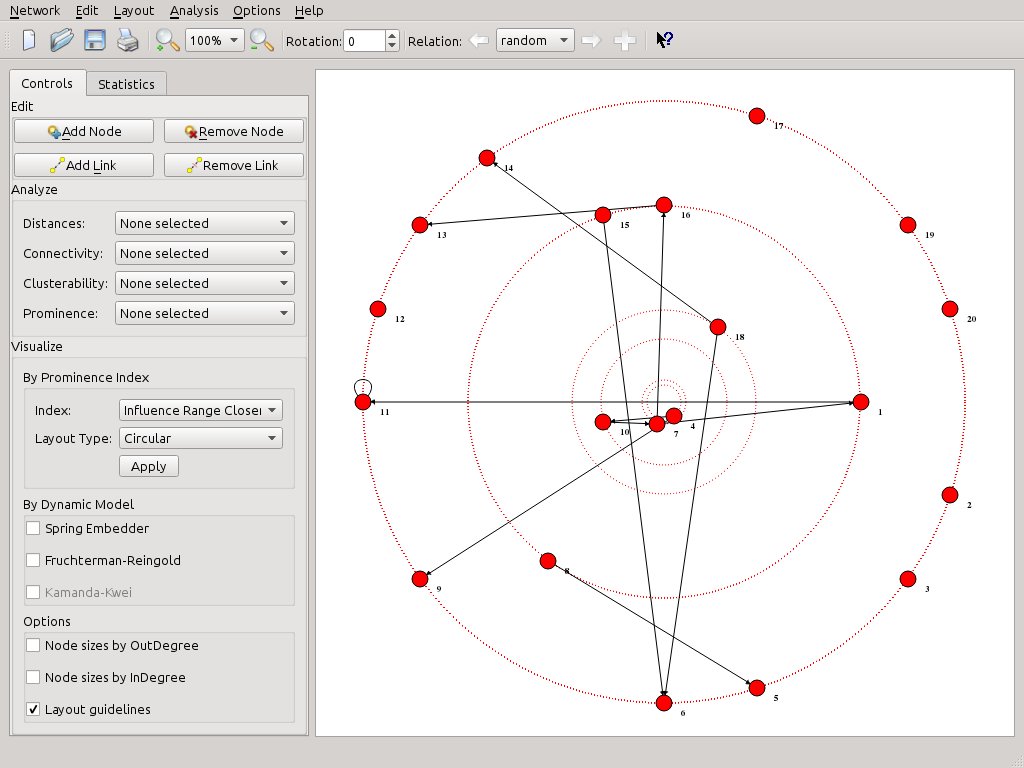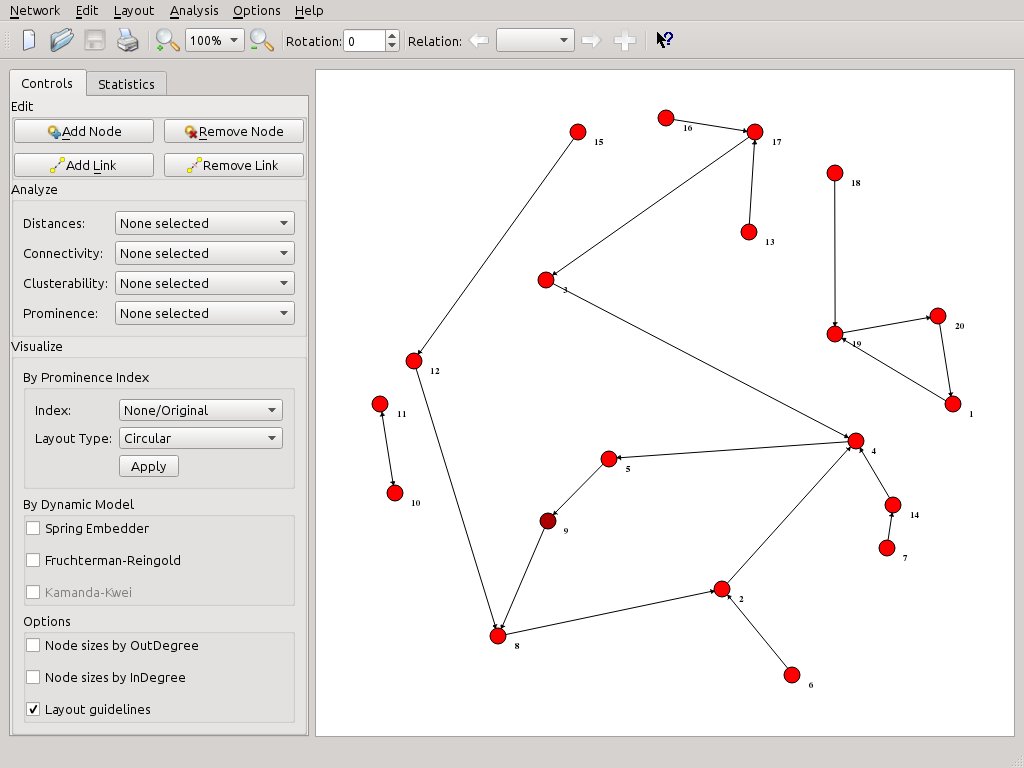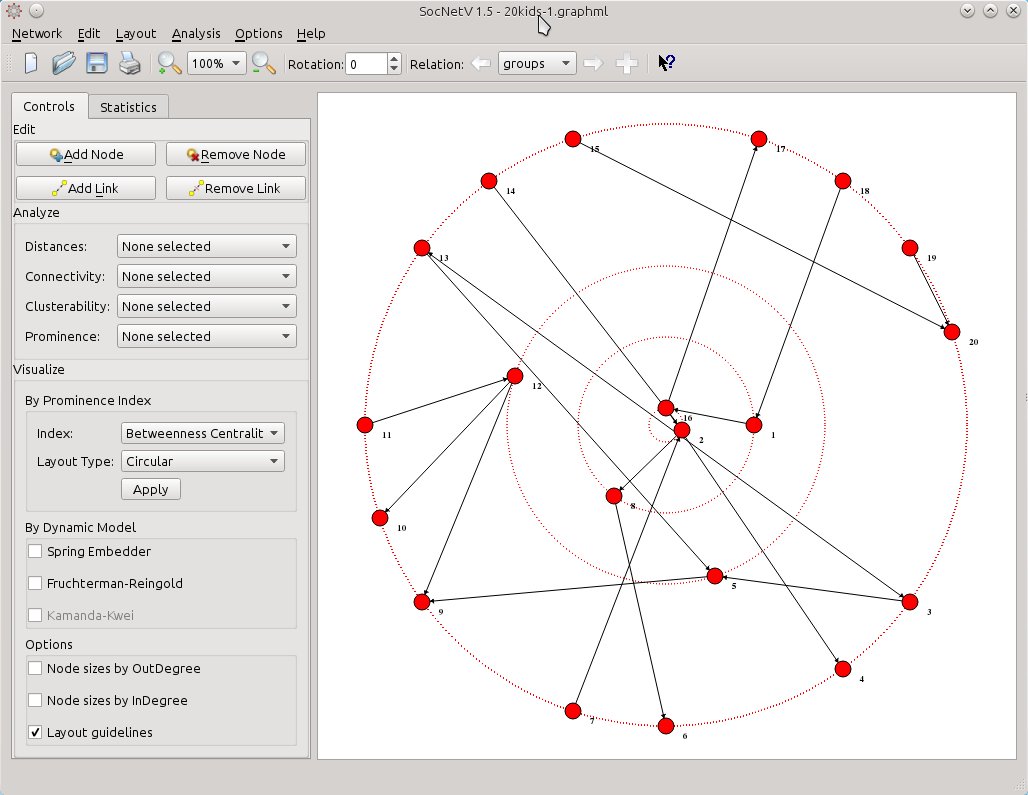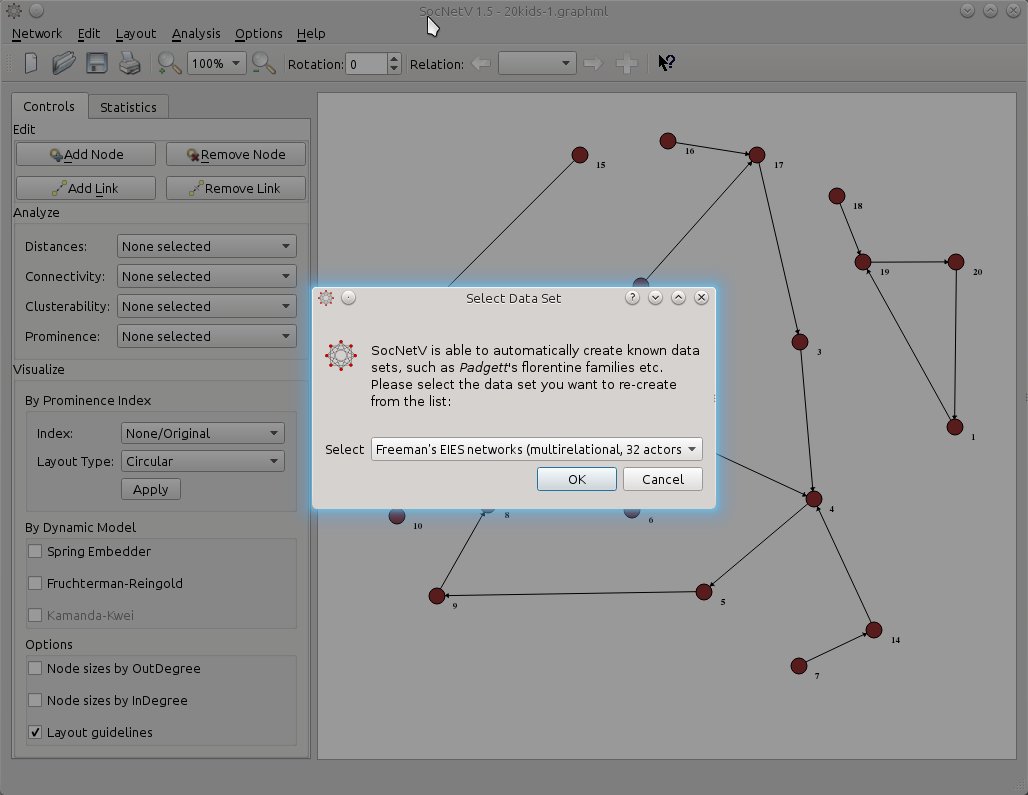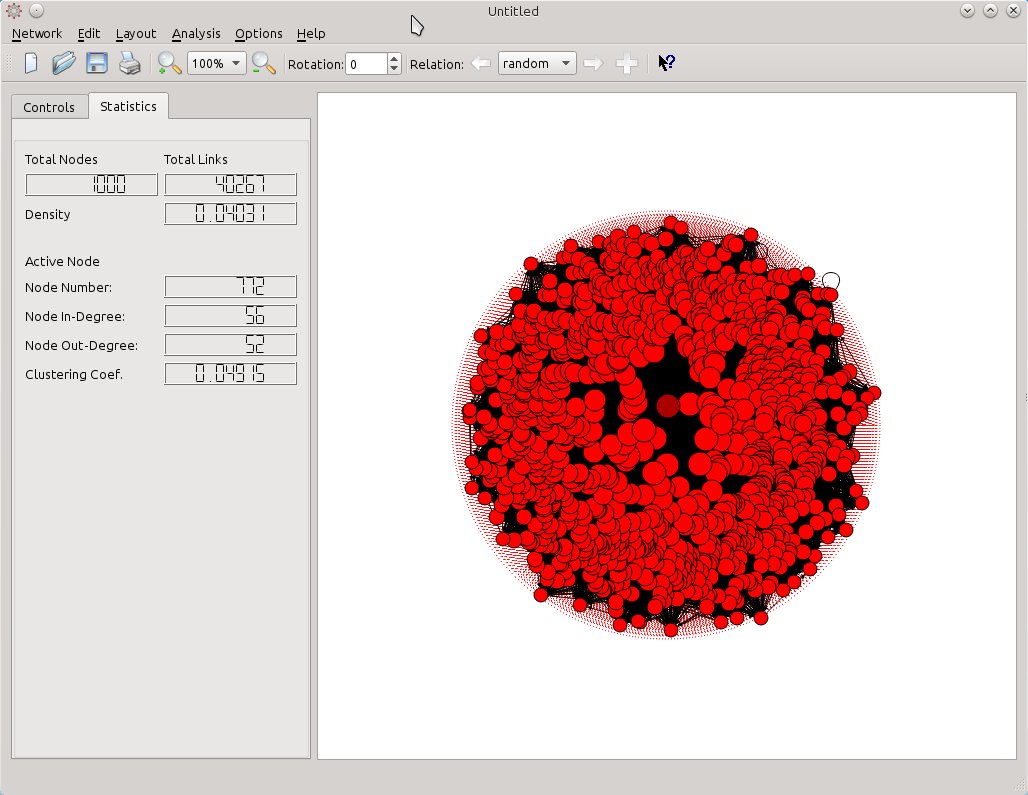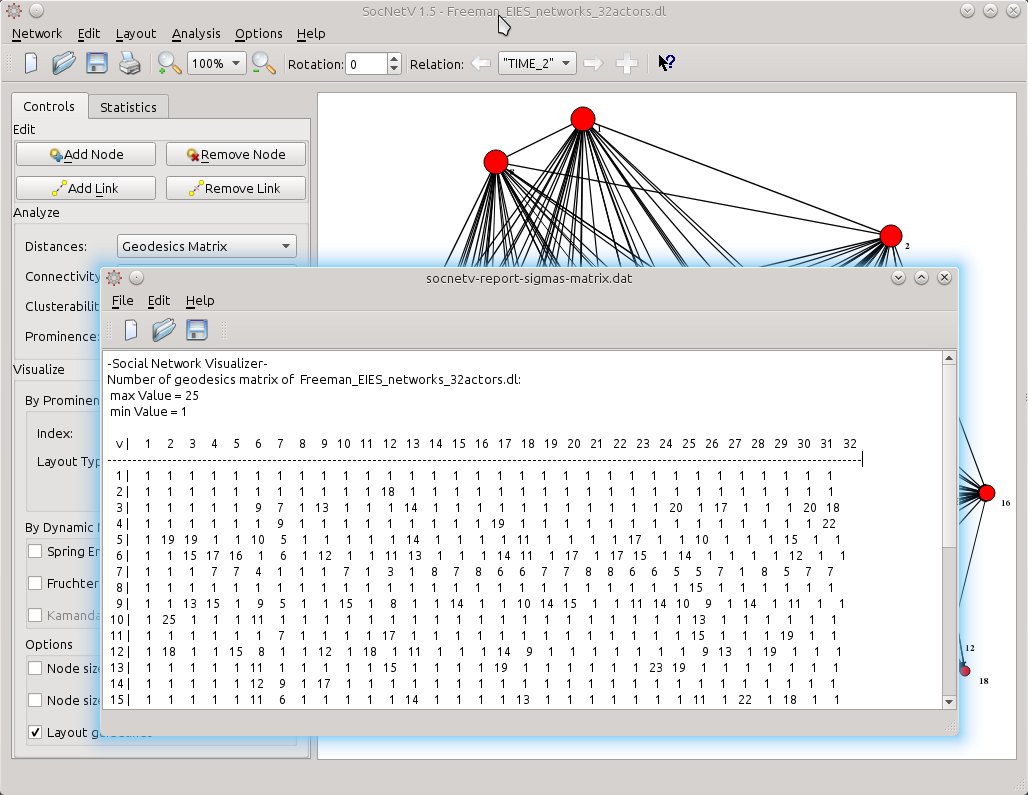SocNetV as "Intelligence" Source for Dolphin-Site Operators
Can you use SocNetV to analyze a virtual “social network”? Yes, you can! For instance, you could analyze social interactions (e.g., mentions) between “friends” in a virtual network. Although SocNetV cannot directly grab data from private networks (its built-in web crawler is limited to publicly accessible data), if you extract the network data yourself and transform it into GraphML format, SocNetV can load and visualize the virtual network for analysis.
This approach is particularly useful for platforms like Dolphin, an open-source platform for social networks, and its mobile-friendly sibling Trident. These platforms support social connections, conversations, locations, and other social graph-related data types, which can be analyzed using SocNetV based on operator needs.
Example Use Case
Imagine an airline company launches a social network for its clients. By using SocNetV to analyze connections, discussion trends, and user posts, the company could:
- Identify which routes are in demand.
- Plan and optimize scheduling based on social data.
- Target specific user segments with special offers.
- Advertise these offers directly within the social network.
This innovative application of SocNetV showcases its potential as an “intelligence” source for network operators, enabling data-driven decision-making and enhanced user engagement.
Kudos to the Dolphin and Trident teams for exploring this exciting use case for SocNetV!
